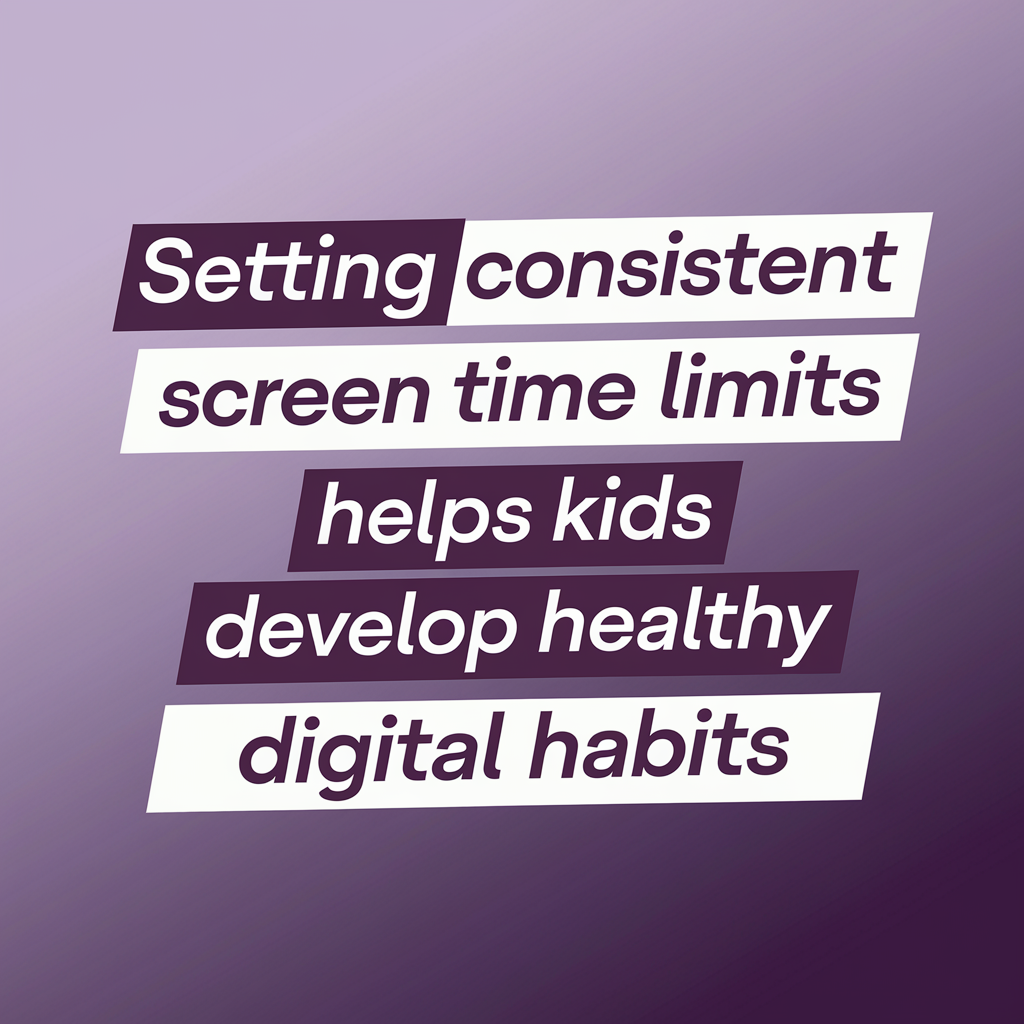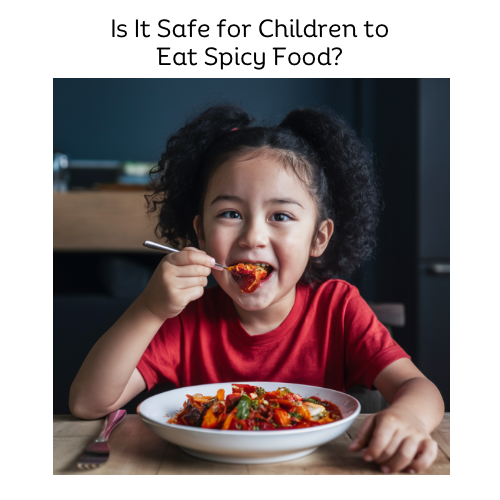
Children’s eating habits can be both fascinating and challenging for parents. As kids grow, their taste preferences evolve, and they begin to explore a wider variety of foods. Introducing new flavors and spices can be a fun and educational part of this journey. However, when it comes to spicy food, many parents are concerned about whether it’s safe for their children.
Spicy food is a staple in many cultures, offering a range of health benefits and unique culinary experiences. But is it appropriate for children? This article delves into the topic of children eating spicy food, addressing common concerns, benefits, and safe practices. Whether you’re a parent who loves spicy food or someone curious about expanding your child’s palate, read on to learn more.
Is Spicy Food Dangerous for Children?
One of the most common questions parents have is whether spicy food is dangerous for their children. Concerns often stem from the potential for discomfort, digestive issues, or allergic reactions.
Common Concerns
- Discomfort: Spicy food can cause a burning sensation in the mouth, which might be unpleasant for children who are not used to it. Parents worry that this discomfort could lead to aversions to certain foods.
- Digestive Issues: There is a concern that spicy food might cause stomach upset, indigestion, or even more serious digestive problems in children.
- Allergic Reactions: Some spices can trigger allergic reactions, adding to the worries about introducing spicy foods to kids.
Scientific Perspective
From a scientific standpoint, moderate consumption of spicy food is generally safe for children. The primary component that gives chili peppers their heat, capsaicin, does not cause any long-term harm when consumed in reasonable amounts. In fact, introducing a variety of flavors, including mild spices, can be beneficial for developing a child’s palate and encouraging adventurous eating habits.
Pediatricians and nutritionists suggest that spicy food, when introduced appropriately, can be part of a healthy diet for children. It’s important to start with mild spices and gradually increase the intensity to allow children to acclimate to the new flavors. Monitoring the child’s reactions and adjusting accordingly ensures that the experience remains positive and safe.
For more engaging activities that can complement your child’s dietary adventures, check out Fun and Engaging Indoor Toddler Activities for Hours of Playtime.
Next, we’ll explore the potential benefits of children eating spicy food and how it can positively impact their health and dietary habits.
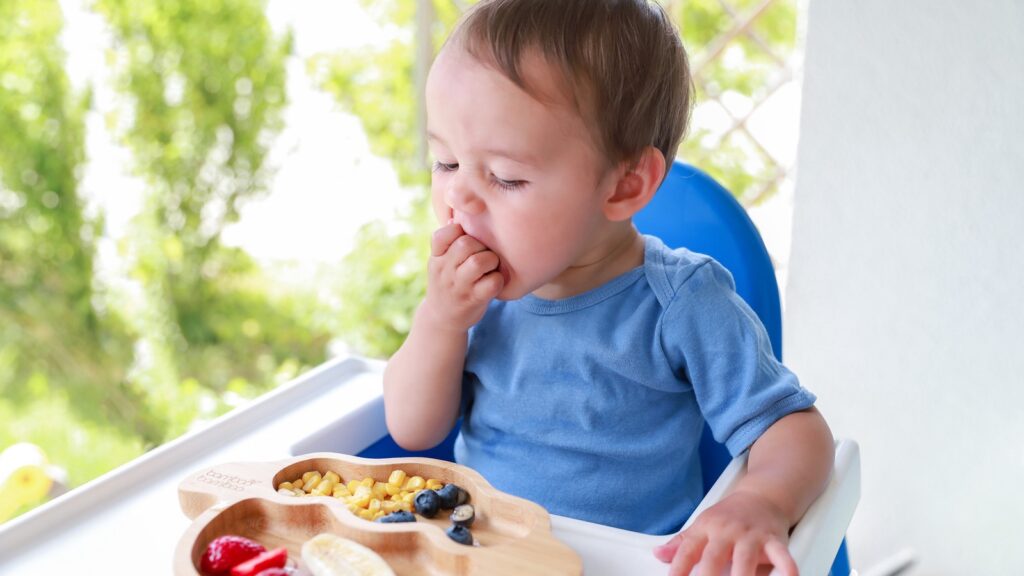
What Are the Benefits of Children Eating Spicy Food?
Introducing children to spicy food can have several surprising benefits. While it’s important to proceed with caution and observe how your child reacts, there are several positive outcomes associated with incorporating mild spices into their diet.
Health Benefits of Certain Spices
- Enhanced Digestion: Many spices, such as ginger and turmeric, have properties that aid in digestion and can help alleviate common digestive issues like bloating and gas.
- Boosted Immunity: Spices like garlic and ginger are known for their immune-boosting properties, helping to protect against colds and other illnesses.
- Anti-Inflammatory Effects: Turmeric contains curcumin, which has powerful anti-inflammatory effects and can support overall health.
Broadening a Child’s Palate
- Encouraging Adventurous Eating: Introducing a variety of flavors, including mild spices, can make children more open to trying new foods and cuisines. This adventurous approach to eating can reduce picky eating habits over time.
- Cultural Awareness: Spicy foods are integral to many cultures. Introducing these flavors can help children appreciate and understand different culinary traditions, fostering a sense of global awareness.

Dietary Benefits
- Reducing Sodium Intake: Spices can enhance the flavor of food without the need for excessive salt, helping to maintain a balanced diet and reducing the risk of high blood pressure in the long term.
- Improving Metabolism: Certain spices, such as chili peppers, can boost metabolism, which can be beneficial for maintaining a healthy weight.
For more on fostering positive relationships and behaviors in children, see Teaching Kids About Love and Relationships Through Example.

How to Safely Introduce Spicy Food to Children
Introducing spicy food to children should be done gradually and thoughtfully to ensure a positive experience. Here are some steps and tips to help make the transition smooth and enjoyable for your child.
Gradual Introduction of Spices
- Start Mild: Begin with very mild spices such as cinnamon, nutmeg, or a small amount of black pepper. These spices are less likely to cause discomfort and can be easily incorporated into familiar dishes.
- Small Amounts: Add small amounts of spice to the food initially. Gradually increase the quantity as your child becomes accustomed to the new flavors.
- Mix with Familiar Foods: Combine spices with foods that your child already enjoys. This can help them accept the new taste more readily.

Choosing the Right Spices and Levels of Heat
- Mild Spices for Starters: Opt for mild spices like paprika, cumin, and coriander. These spices add flavor without overwhelming heat.
- Avoid Hot Chilies at First: Refrain from using hot chilies and strong peppers initially. Once your child is comfortable with milder spices, you can slowly introduce small amounts of these hotter spices.
Observing and Responding to a Child’s Reaction
- Watch for Reactions: Pay close attention to your child’s reaction to new spices. Look for signs of enjoyment or discomfort, such as facial expressions or comments about the taste.
- Be Responsive: If your child shows signs of discomfort or dislike, reduce the amount of spice or try a different one. It’s important to ensure that the experience remains positive.
- Encourage Feedback: Ask your child what they think about the new flavors. Encouraging open communication can help you adjust the introduction process according to their preferences.
For additional resources on helping children develop skills and habits, explore Kids ABC Practice Sheets PDF.
Next, we’ll discuss tips for keeping kids safe when eating spicy food, ensuring their experiences are enjoyable and without negative effects.

Tips for Keeping Kids Safe When Eating Spicy Food
Ensuring that children enjoy spicy food safely involves careful monitoring and thoughtful preparation. Here are some practical tips to help you navigate this process and keep your child’s experiences with spicy foods positive and safe.
Monitoring Portion Sizes and Spice Levels
- Start Small: Begin with very small portions of spicy food to see how your child reacts. You can gradually increase the amount as they become more comfortable with the new flavors.
- Adjust Spice Levels: Tailor the spice level to your child’s tolerance. You can always add more spice gradually, but it’s important to avoid overwhelming them from the start.
- Mix and Balance: Combine spicy foods with milder, more familiar items to balance the overall heat of the meal. For example, serve a mildly spiced chicken with a side of plain rice or yogurt.
Recognizing Signs of Discomfort or Intolerance
- Physical Symptoms: Watch for any physical signs of discomfort, such as sweating, redness in the face, or watery eyes. These can indicate that the spice level is too high for your child.
- Verbal Feedback: Encourage your child to tell you how they feel about the food. If they express discomfort or dislike, take it seriously and adjust the spice level accordingly.
- Allergic Reactions: Be vigilant for signs of allergic reactions, such as hives, swelling, or difficulty breathing. If you suspect an allergy, seek medical attention immediately.
Providing Alternatives and Balancing Meals
- Cooling Agents: Serve cooling side dishes like yogurt, cucumber slices, or milk alongside spicy foods. These can help neutralize the heat and make the meal more enjoyable.
- Hydration: Ensure your child has plenty of water to drink during and after eating spicy food. Staying hydrated can help alleviate some of the discomfort associated with spicy foods.
- Balanced Diet: Make sure your child’s diet is balanced with a variety of flavors and nutrients. Spicy food can be part of a healthy diet, but it’s important to include a wide range of foods to ensure overall nutrition.
For more practical parenting hacks, such as keeping your home clean and managing daily tasks efficiently, check out The Ultimate Parenting Hack: A Toy Sweeper That Saves Your Back and Time.

Delicious Spicy Food Recipes for Kids
Introducing your child to spicy food can be fun and educational with the right recipes. Here are some child-friendly spicy food recipes that are mild enough for beginners but still packed with flavor.
Mildly Spicy Chicken Tacos
Ingredients:
- Chicken breasts, sliced thinly
- Mild taco seasoning
- Olive oil
- Soft tortillas
- Toppings: shredded lettuce, cheese, mild salsa, avocado slices
Instructions:
- Season the Chicken: Coat the chicken slices with mild taco seasoning.
- Cook the Chicken: Heat olive oil in a pan and cook the chicken until fully cooked.
- Assemble Tacos: Place the chicken in tortillas and add your child’s favorite toppings. Serve with a side of yogurt or sour cream to cool the spice.
Spiced Carrot and Sweet Potato Soup
Ingredients:
- Carrots, peeled and chopped
- Sweet potatoes, peeled and chopped
- Mild curry powder
- Coconut milk
- Vegetable broth
- Olive oil
- Salt and pepper to taste
Instructions:
- Sauté Vegetables: In a large pot, heat olive oil and sauté carrots and sweet potatoes with mild curry powder until tender.
- Add Broth and Simmer: Add vegetable broth and simmer until vegetables are soft.
- Blend and Serve: Blend the soup until smooth. Stir in coconut milk, season with salt and pepper, and serve warm.
For more delicious and creative recipes that cater to children’s tastes, visit Flavorful Creations – Kids.
Next, we’ll explore how to manage spicy food intolerance and allergies in children, ensuring their safety and well-being.

How to Manage Spicy Food Intolerance and Allergies in Children
Introducing spicy food to children requires caution and attentiveness to their reactions. Understanding how to identify and manage spicy food intolerance and allergies is crucial for ensuring their safety and enjoyment.
Identifying and Managing Spicy Food Intolerance
- Recognizing Symptoms: Symptoms of food intolerance can include stomach pain, gas, bloating, nausea, and diarrhea. If your child experiences these symptoms after eating spicy food, they may have an intolerance.
- Keeping a Food Diary: Track what your child eats and their reactions in a food diary. This can help you identify specific spices or foods that cause discomfort.
- Consulting a Pediatrician: If you suspect your child has a food intolerance, consult a pediatrician for a proper diagnosis and guidance. They can provide advice on how to manage the intolerance and recommend alternative foods.
- Adjusting Spice Levels: Reduce or eliminate the offending spice from your child’s diet. Gradually reintroduce it in small amounts to see if their tolerance improves over time.
What to Do if a Child Has a Reaction to Spicy Food
- Immediate Actions: If your child has a mild reaction, such as a burning sensation in the mouth, provide them with milk, yogurt, or another cooling agent to help alleviate the discomfort.
- Severe Reactions: For severe allergic reactions, such as hives, swelling, or difficulty breathing, seek medical attention immediately. Administer an antihistamine if recommended by a healthcare provider.
- Emergency Plan: Have an emergency plan in place if your child has known food allergies. This includes knowing how to use an epinephrine auto-injector (if prescribed) and having quick access to medical help.
- Education and Communication: Educate your child about their intolerance or allergy. Teach them how to communicate their needs to others and recognize the symptoms of a reaction.
For more information on managing dietary risks and ensuring your child’s safety, check out Why Honey Should Not Be Given to Babies: Understanding the Risks.
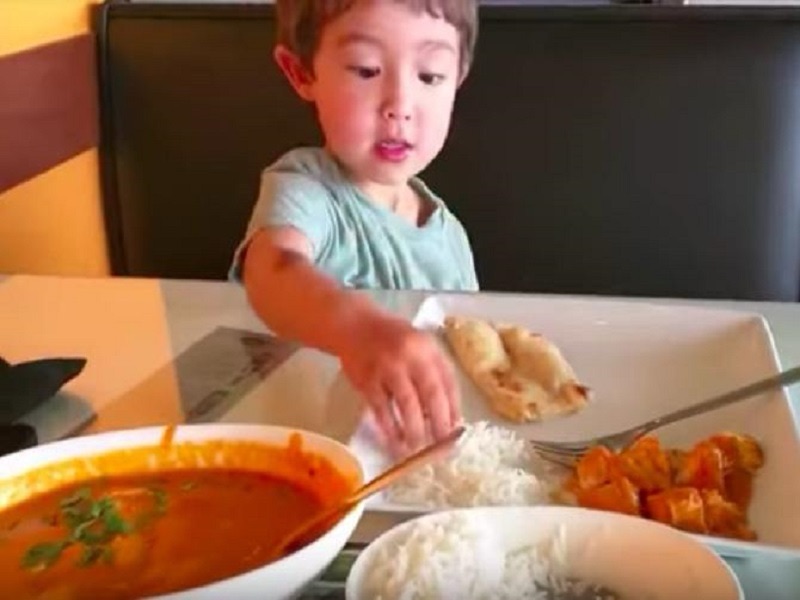
Real-Life Scenarios: Kids and Spicy Food
Hearing about real-life experiences can provide valuable insights and encouragement for introducing spicy foods to children. Here are some examples of how other parents have successfully navigated this journey.
Success Stories and Tips from Other Parents
- Gradual Introduction: One parent shared how they successfully introduced spicy food to their child by starting with very mild dishes. They gradually increased the spice level over time, allowing their child to acclimate without discomfort.
- Involving Kids in Cooking: Another parent found that involving their child in the cooking process made them more willing to try new flavors. By letting their child help prepare meals, they sparked curiosity and excitement about different spices.
- Positive Reinforcement: Using positive reinforcement, such as praise and small rewards, can encourage children to try and enjoy spicy foods. One family used a sticker chart to track new foods their child tried, making it a fun and rewarding experience.
- Cultural Exploration: Some parents use spicy food as an opportunity to teach their children about different cultures. By exploring cuisines from around the world, they make the experience educational and enjoyable.
Tips for Making Spicy Food Enjoyable
- Create a Comfortable Environment: Make meal times relaxed and pressure-free. Encourage your child to try new foods but avoid forcing them, which can create negative associations.
- Offer Choices: Give your child options when introducing new foods. For example, provide a mild version of a dish alongside a spicier one and let them choose which to try.
- Balance Flavors: Pair spicy foods with mild, familiar flavors to balance the heat. This can make the transition to spicier foods smoother and more enjoyable.
- Be Patient: Remember that developing a taste for spicy food takes time. Be patient and supportive as your child explores new flavors at their own pace.
For more tips on creating enjoyable and memorable experiences with your children, explore The Best Wagon Stroller for an Unforgettable Adventure with Your Kids.
By learning from the experiences of other parents and applying these tips, you can make the process of introducing spicy foods to your child a positive and enriching one.
Next, we’ll conclude by summarizing key points and encouraging a balanced and adventurous diet for children.
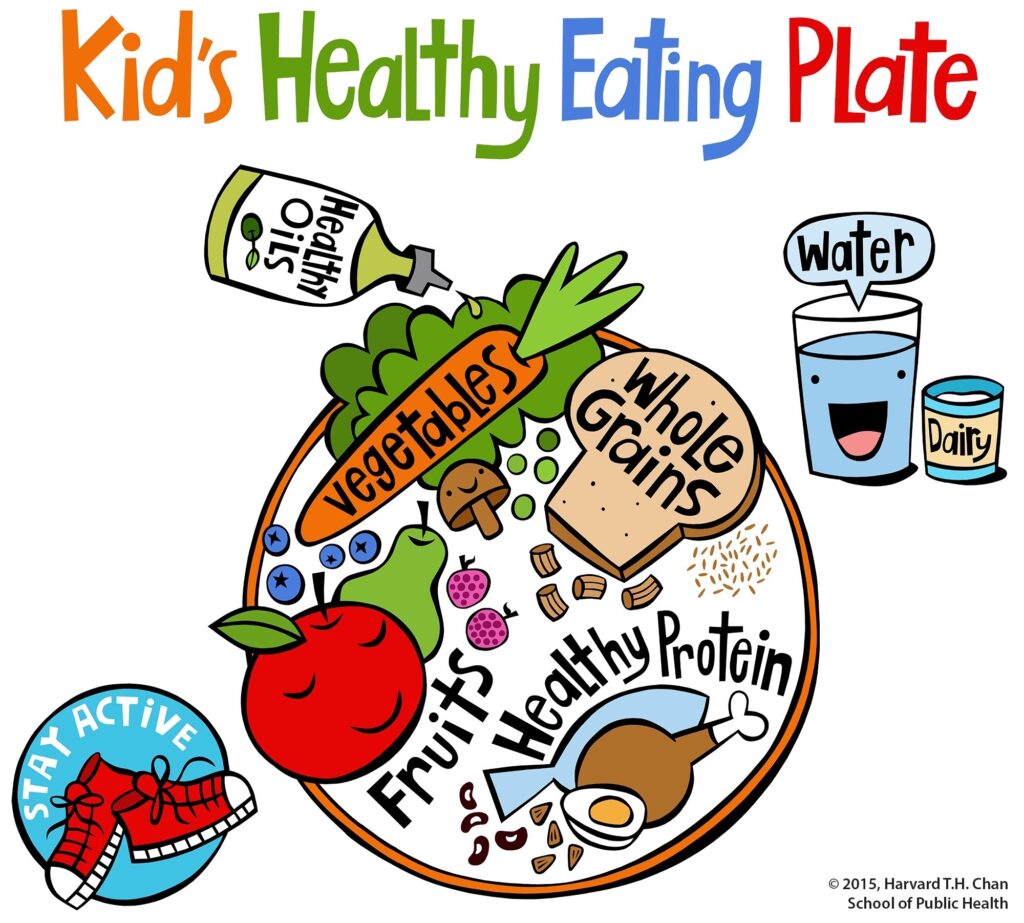
Encouraging a Balanced and Adventurous Diet
Introducing children to spicy food can be a rewarding journey that broadens their palate and encourages a lifelong appreciation for diverse flavors. By following the tips and strategies outlined in this article, you can safely and enjoyably incorporate spicy foods into your child’s diet.
Recap of Key Points
- Understand Safety: Spicy food is generally safe for children when introduced gradually and monitored carefully. It’s important to watch for any signs of discomfort or intolerance and adjust accordingly.
- Health Benefits: Spices can offer various health benefits, including improved digestion, boosted immunity, and reduced sodium intake. They can also encourage adventurous eating and cultural awareness.
- Gradual Introduction: Start with mild spices and small amounts. Gradually increase the intensity as your child becomes more accustomed to the new flavors.
- Effective Monitoring: Pay close attention to your child’s reactions and provide cooling agents like yogurt or milk to help manage any discomfort.
- Practical Recipes: Use child-friendly recipes that incorporate mild spices and balance flavors to ensure an enjoyable eating experience.
- Managing Intolerance: Be vigilant for signs of food intolerance or allergies and consult a pediatrician if necessary. Have an emergency plan in place for severe reactions.
Encouragement to Explore Spicy Foods Safely
As parents, it’s our responsibility to guide our children through new experiences, including the exploration of different foods. By introducing spicy foods in a thoughtful and gradual manner, you can help your child develop a rich and varied palate. Encourage them to try new dishes and flavors, making meal times an exciting adventure.
Remember, patience and positive reinforcement are key. Celebrate small victories and create a supportive environment where your child feels comfortable expressing their likes and dislikes. With time and care, you can help your child enjoy the many benefits of a balanced and adventurous diet.
For more inspiration on fostering curiosity and enjoyment in your child’s life, check out Gift Ideas for the Curious Preschooler: Educational Toys That They’ll Love.
By following these guidelines, you can make the journey of introducing spicy foods to your child a positive and enriching experience, setting the stage for a lifetime of healthy and adventurous eating habits.
Additional Resources and Further Reading
For more information and resources on children’s nutrition and healthy eating habits, consider exploring the following:
- Flavorful Creations – Kids: A treasure trove of delicious recipes tailored for young palates. Explore recipes
- Fun and Engaging Indoor Toddler Activities for Hours of Playtime: Keeping your child engaged and active indoors. Read more
- The Ultimate Parenting Hack: A Toy Sweeper That Saves Your Back and Time: Discover a practical tool for managing daily chores. Learn more
- Teaching Kids About Love and Relationships Through Example: Essential tips for instilling important values in your child. Read more
- Kids ABC Practice Sheets PDF: A great resource for early learning. Download now
These resources can help you create a well-rounded and enriching environment for your child, supporting their growth and development in all areas of life.
As an Amazon Associate we earn from qualifying purchases through some links in our articles.

